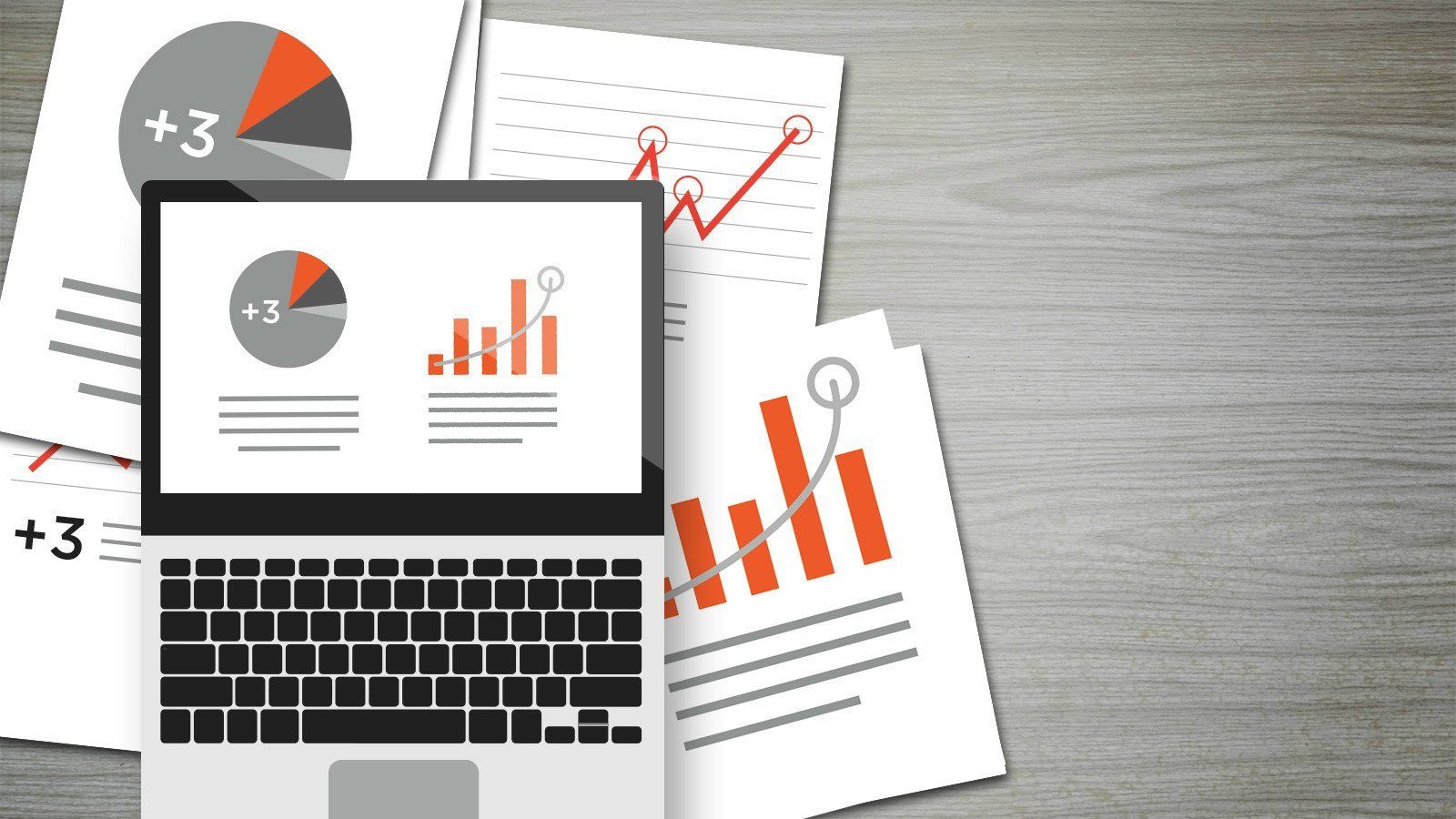Understanding the PPR Pipe Manufacturing Machines
PPR pipe manufacturing machines are automatic and semi-automatic machines that are designed to produce high-quality PPR pipes. The manufacturing process of PPR pipes involves the use of polypropylene random copolymer material which is melted, mixed, and pushed into molds to create pipes. These pipes are highly flexible, environment-friendly, and resistant to heat and chemical corrosion, which makes them suitable for a wide range of applications.
PPR pipe manufacturing machines are complex and consist of multiple mechanical and electrical components. The machines are designed to operate under high pressure and temperature, which means that proper maintenance and troubleshooting are required to ensure their longevity and performance.
Maintenance of PPR Pipe Manufacturing Machines
Regular Inspection and Cleaning
PPR pipe manufacturing machines consist of multiple components that require routine maintenance to ensure maximum performance. A regular inspection of the different parts of the machine such as the extruder, hopper, heating system, cooling system, die head, and calibration tools is essential. Any components that are worn-out or damaged should be replaced immediately to prevent the breakdown of the entire system.
Furthermore, the machine should be cleaned regularly to remove any debris or residue that may have accumulated during the manufacturing process. Using a vacuum cleaner or a blower can help in removing any particles that may have settled on the machine. Proper cleaning helps in maintaining the hygiene of the machine and the quality of the pipes produced.
Lubrication and Calibration
PPR pipe manufacturing machines are composed of multiple moving parts that require proper lubrication to operate smoothly. Lubrication should be carried out according to the manufacturer’s recommendations. Failure to lubricate the machine can cause premature wear and tear of the moving parts, leading to decreased performance.
Calibration is another critical aspect of maintaining PPR pipe manufacturing machines. Calibration tools such as a micrometer can be used to ensure that the pipes produced are within the dimensions required. If the machine is not calibrated correctly, it may result in the production of substandard pipes that may not meet the industry standards.
Troubleshooting PPR Pipe Manufacturing Machines
Despite regular maintenance, PPR pipe manufacturing machines may experience problems that require troubleshooting. Understanding these problems can help in identifying the cause and implementing the appropriate remedy.
Overheating
Overheating is a common problem that may be caused by a malfunctioning heating system. This can result in the melting of the PPR material, making it unsuitable for use in pipes. The cause of overheating should be investigated immediately, and any components causing the problem should be repaired or replaced.
Blockages
Blockages can occur in the extruder, die head, and calibration tools, leading to reduced performance of the machine and low-quality pipes. Blockages are often caused by the accumulation of plastic material that did not melt properly or other debris. Clearing the blockage requires the disassembly of the affected parts and the removal of the debris.
Extruder Motor Failure
The extruder motor is one of the essential components of PPR pipe manufacturing machines. If the motor fails, the machine will not be able to operate at the required speed, and the quality of the pipes produced will be affected. Failure of the extruder motor can be attributed to a lack of lubrication, overheating, or mechanical failure. A professional technician should be called to diagnose and fix the problem immediately. Broaden your understanding with this additional external content! ppr pipe making machine https://www.lsextrudermachine.com/product/ppr-pipe-production-line.html, explore the suggested website.
Conclusion
PPR pipe manufacturing machines require proper maintenance and troubleshooting to operate at maximum performance. Regular inspection, cleaning, lubrication, and calibration are necessary to maintain the machine in good condition, while proper troubleshooting procedures can help in identifying and solving any problems that may arise. By observing the recommended maintenance and troubleshooting, PPR pipe manufacturers can produce high-quality pipes that meet the industry standards.
Continue your learning journey with the related links below:

